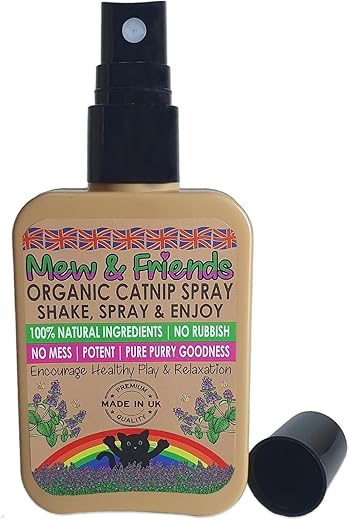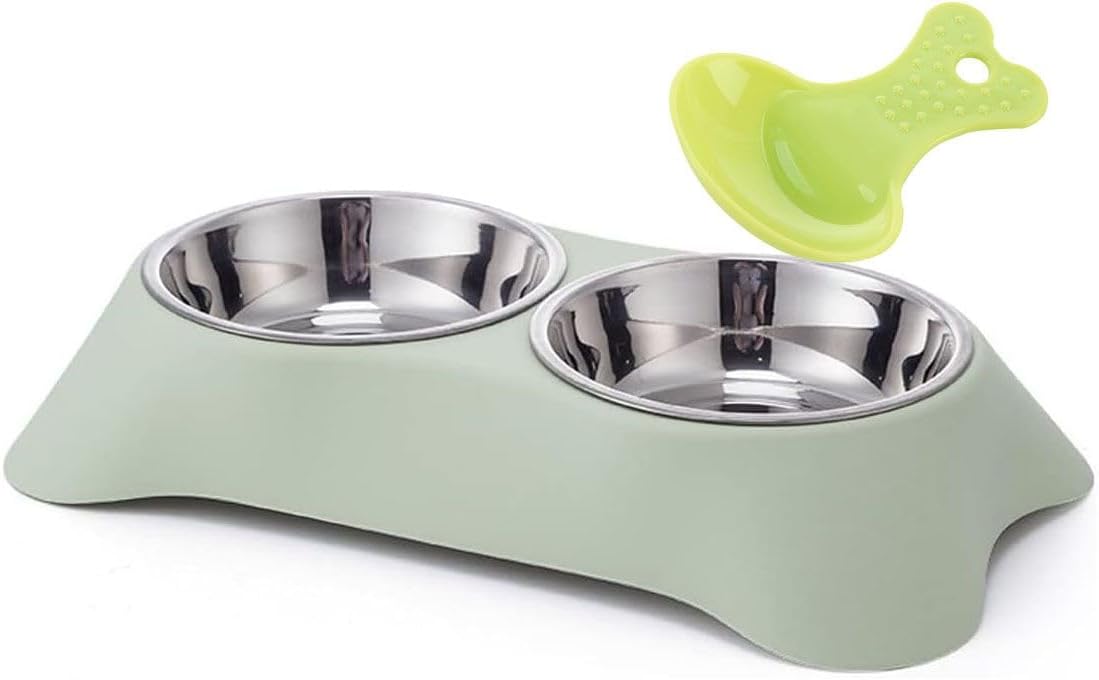Introduction
While cats are often seen as low-maintenance pets, their mental and physical well-being requires more than just food and shelter. Indoor cats, in particular, can face challenges related to boredom and lack of stimulation, which may lead to behavioral issues and health problems. Providing enrichment activities is essential to mimic their natural instincts and keep them engaged. In this blog post, we’ll explore the importance of indoor enrichment for cats and offer practical ideas to keep your feline friend happy and healthy.
Understanding the Need for Enrichment
Cats are natural hunters with instincts to stalk, chase, and pounce. In the wild, these activities occupy much of their time and energy. Indoor cats, however, may not have the same opportunities to express these behaviors, leading to frustration or apathy. Enrichment addresses these needs by:
- Stimulating the Mind: Preventing boredom and promoting cognitive function.
- Encouraging Physical Activity: Maintaining a healthy weight and muscle tone.
- Reducing Stress: Providing outlets for natural behaviors reduces anxiety and destructive tendencies.
Types of Enrichment Activities
- Interactive Play
- Wand Toys: Mimic the movement of prey, encouraging chasing and pouncing.
- Laser Pointers: Engage your cat in vigorous activity. Be sure to end sessions by allowing them to “catch” a tangible toy to avoid frustration.
- Puzzle Feeders and Treat Dispensers
- Food Puzzles: Make mealtime more engaging by requiring your cat to solve a puzzle to access food.
- Treat Balls: Dispense treats as your cat bats and rolls the toy.
- Vertical Spaces
- Cat Trees and Shelves: Provide opportunities for climbing and observing from high vantage points.
- Window Perches: Allow your cat to watch outdoor activity, which can be mentally stimulating.
- Scratching Posts
- Variety of Textures: Offer different materials like sisal, cardboard, and carpet to satisfy scratching urges.
- Multiple Locations: Place scratching posts in areas where your cat spends time.
- Environmental Enrichment
- Hiding Spots: Boxes, tunnels, and covered beds give your cat places to retreat and feel secure.
- Sensory Stimulation: Use cat-safe plants like catnip or silver vine, and play soothing music or nature sounds.
- Social Interaction
- Human Engagement: Regular playtime and affectionate interactions strengthen your bond.
- Companion Animals: Some cats enjoy the company of other pets, though introductions should be handled carefully.
Implementing Enrichment in Daily Life
- Rotate Toys: Keep things fresh by rotating toys to maintain your cat’s interest.
- Set Aside Playtime: Schedule regular sessions, aiming for at least 15 minutes twice a day.
- Observe Preferences: Pay attention to the types of activities your cat enjoys most and tailor enrichment accordingly.
Monitoring for Behavioral Changes
Enrichment can significantly improve your cat’s quality of life, but it’s important to monitor for any changes in behavior that may indicate stress or health issues. Signs to watch for include:
- Excessive Grooming: May signal anxiety or skin problems.
- Aggression: Could be due to frustration or territorial disputes.
- Lethargy: Might indicate boredom or medical concerns.
Conclusion: Investing in Your Cat’s Well-Being
Providing indoor enrichment isn’t just about keeping your cat entertained; it’s a crucial aspect of their overall health. By meeting their physical and mental needs, you contribute to a happier, more fulfilling life for your feline companion. Remember, a stimulated cat is a content cat, and the effort you put into enrichment will be rewarded with a stronger, more joyful relationship.






